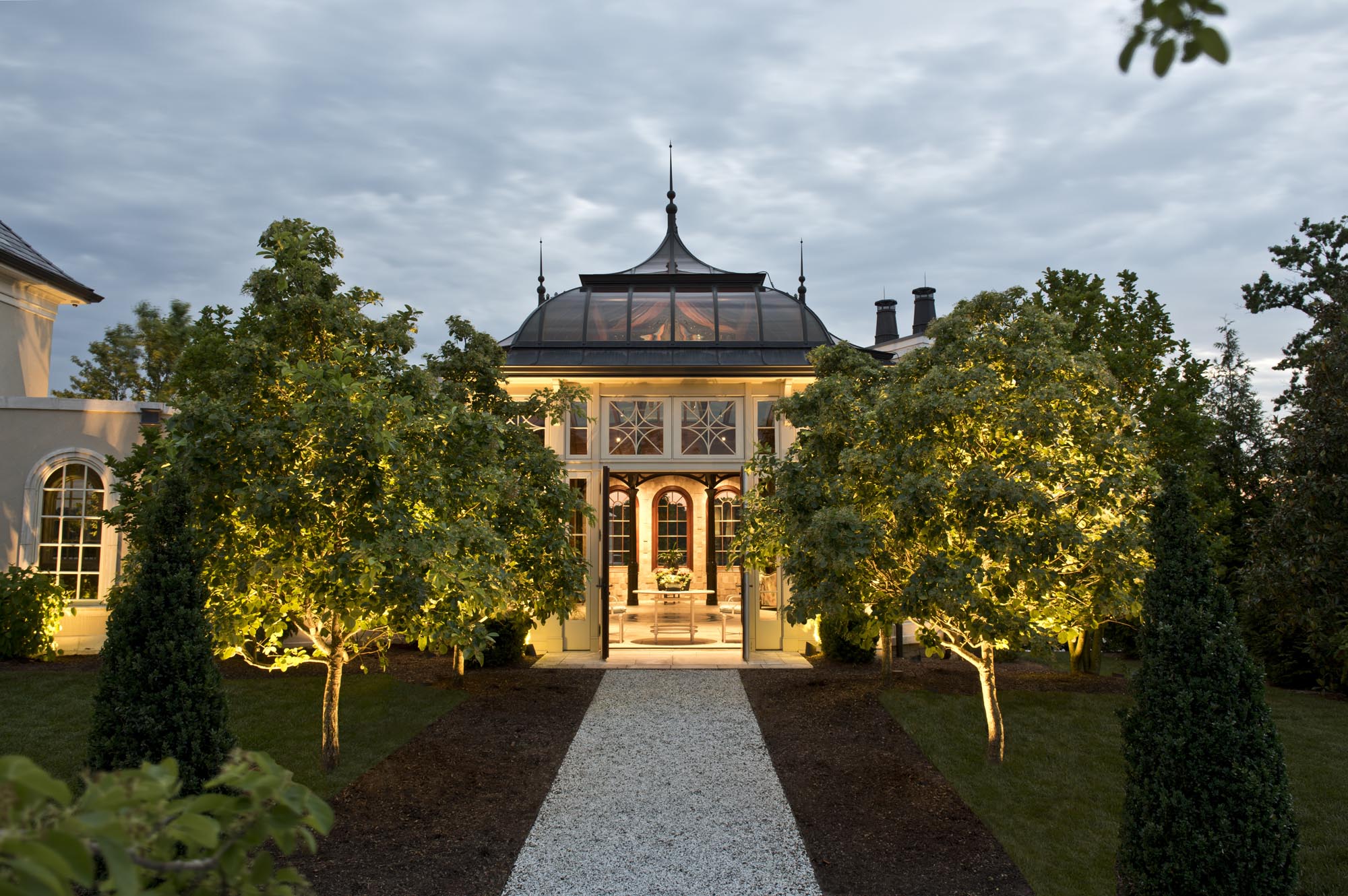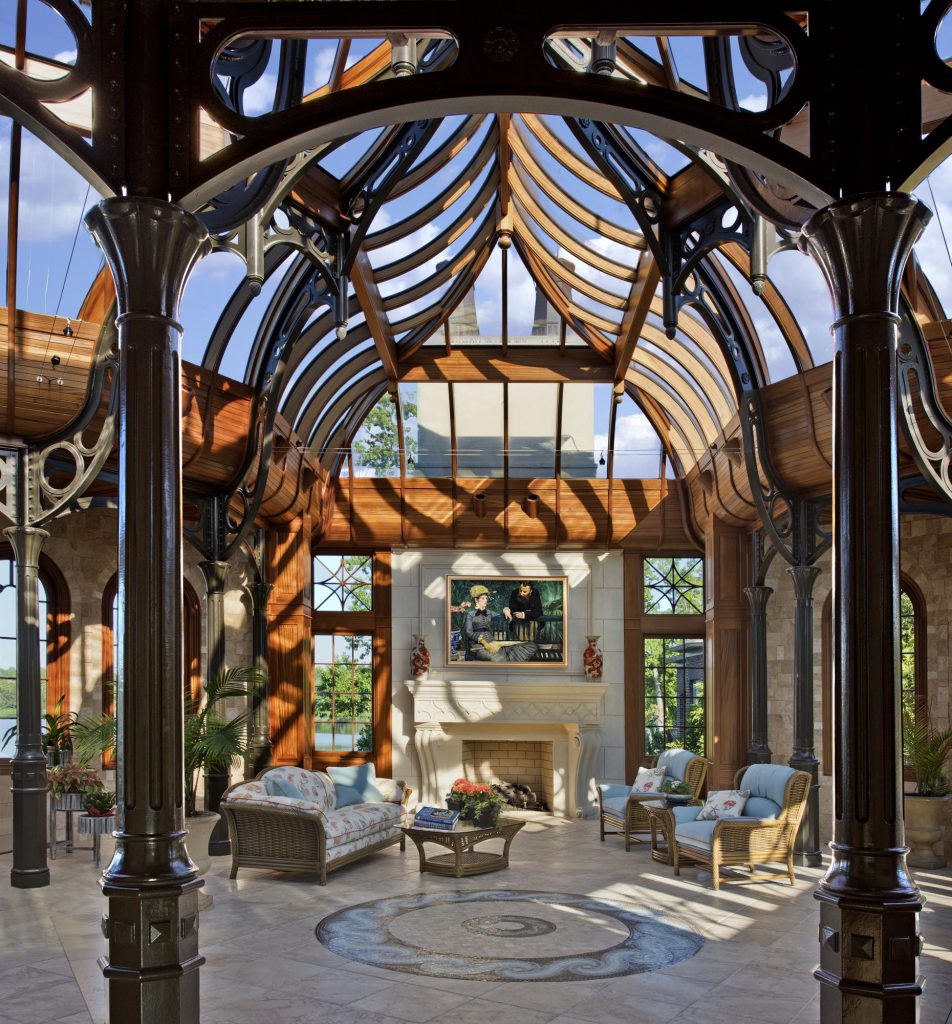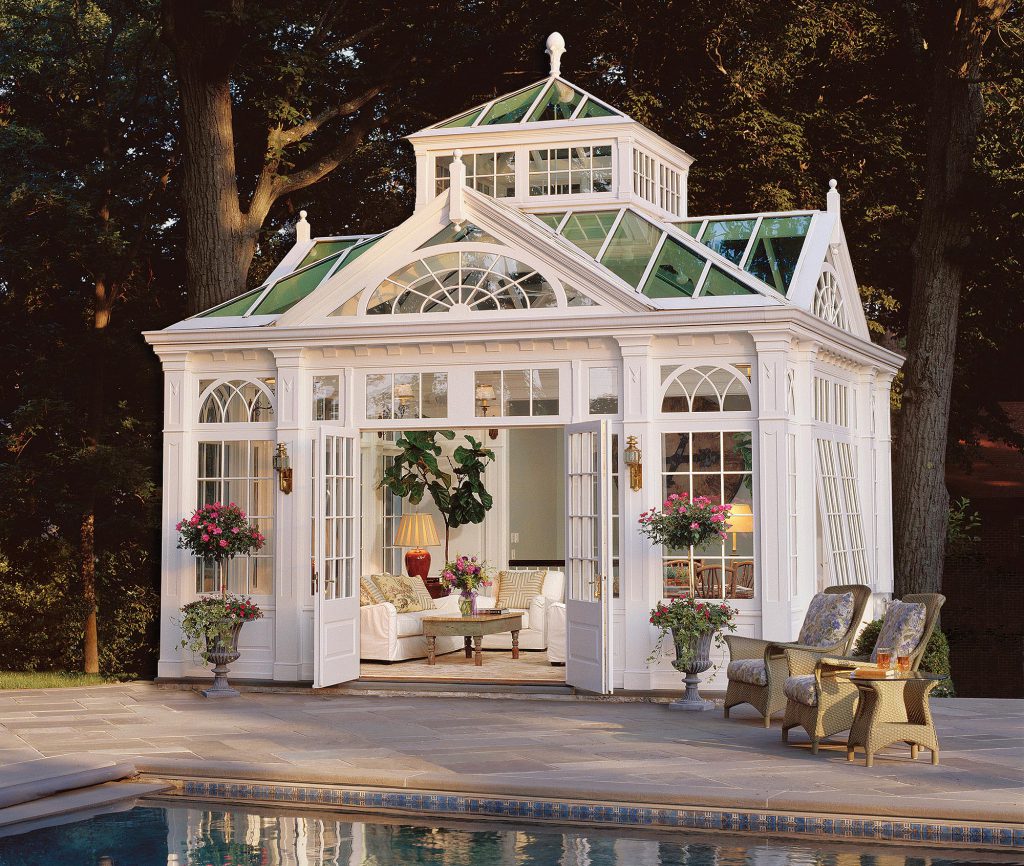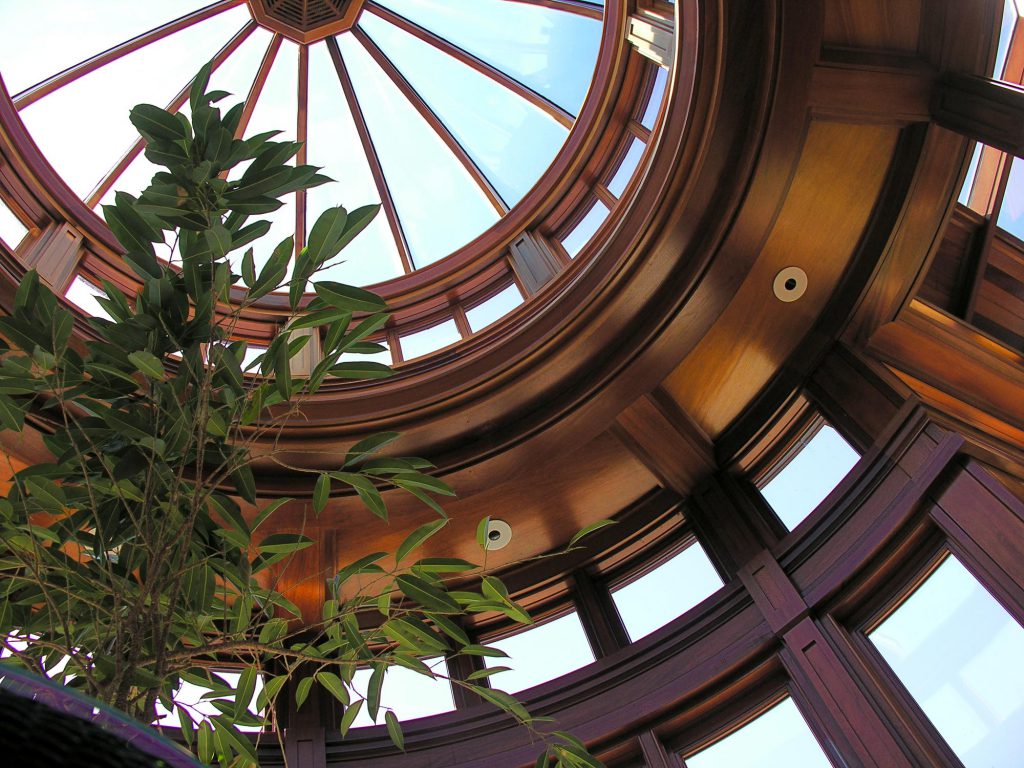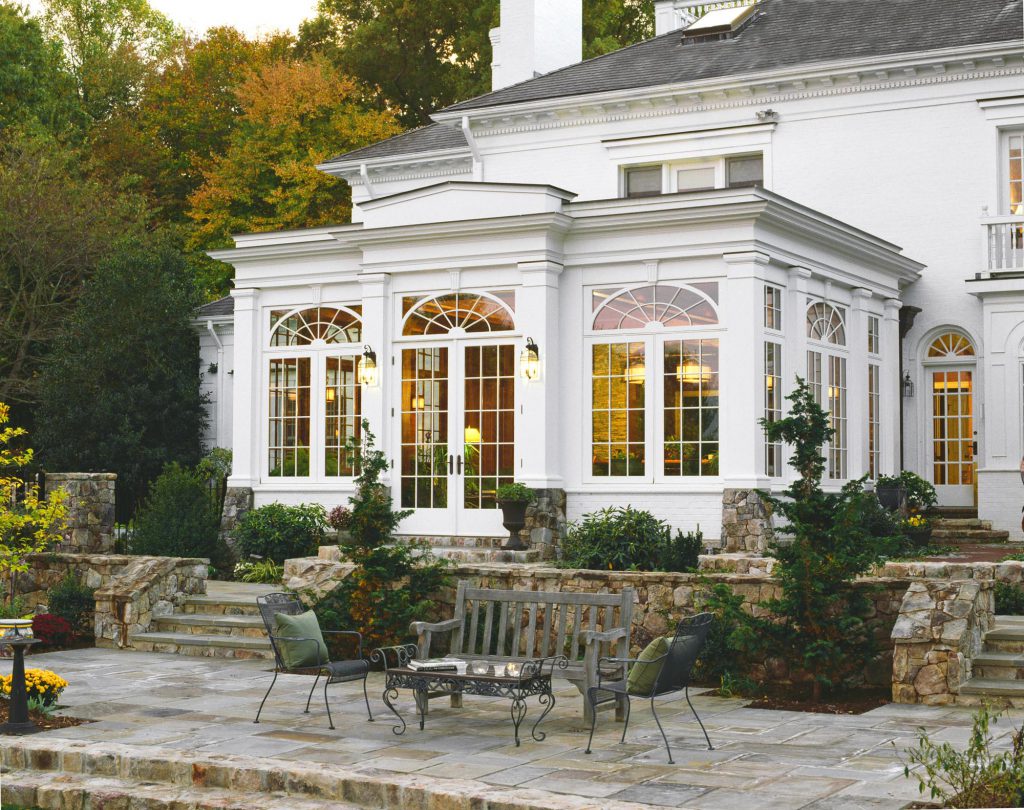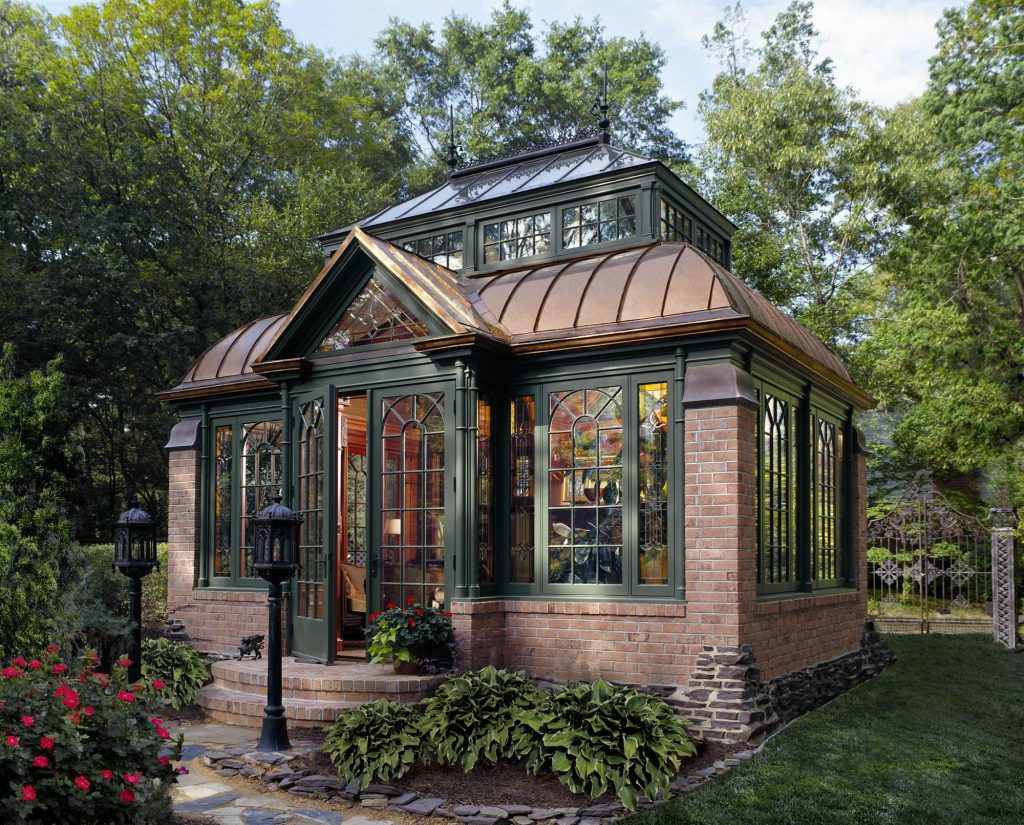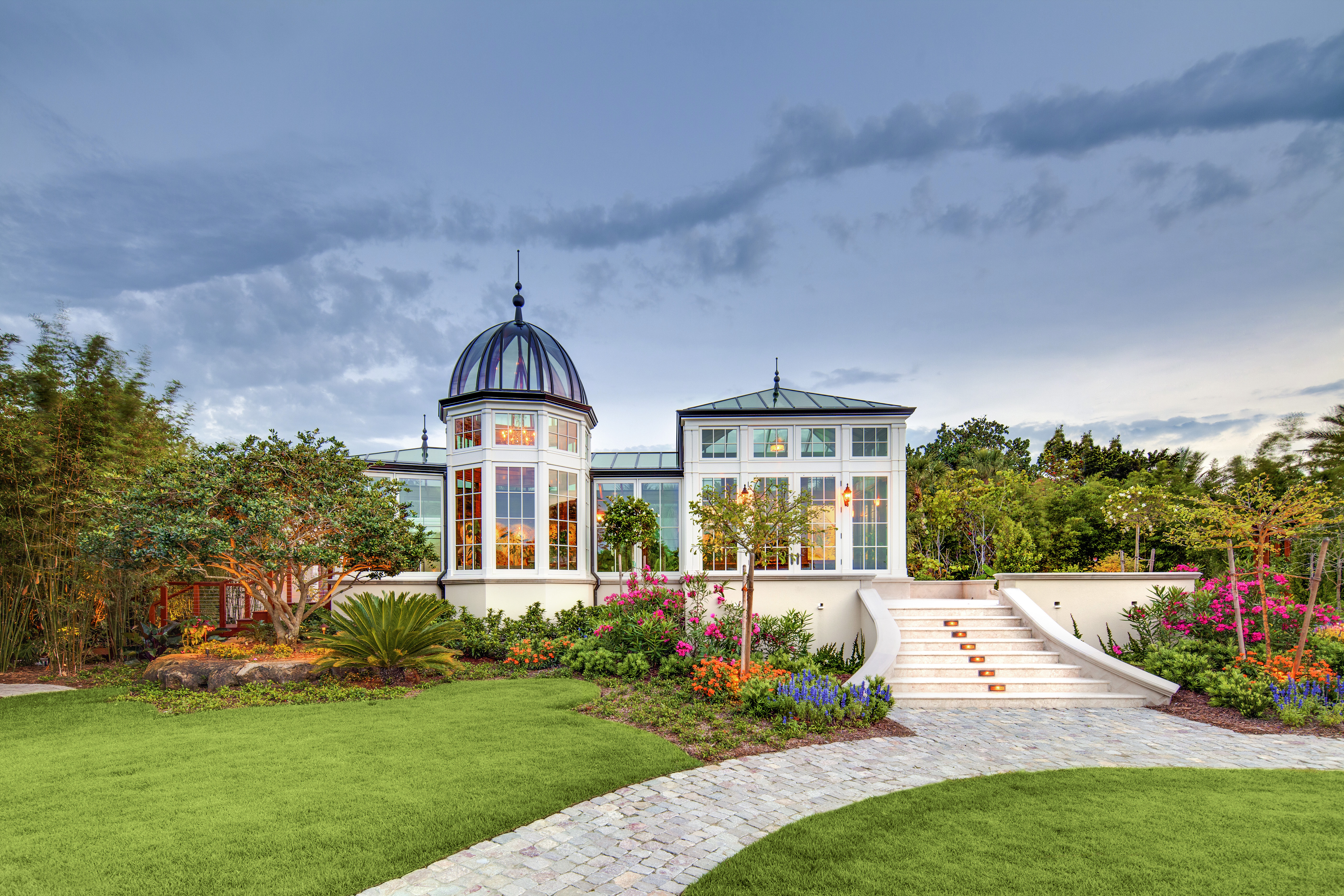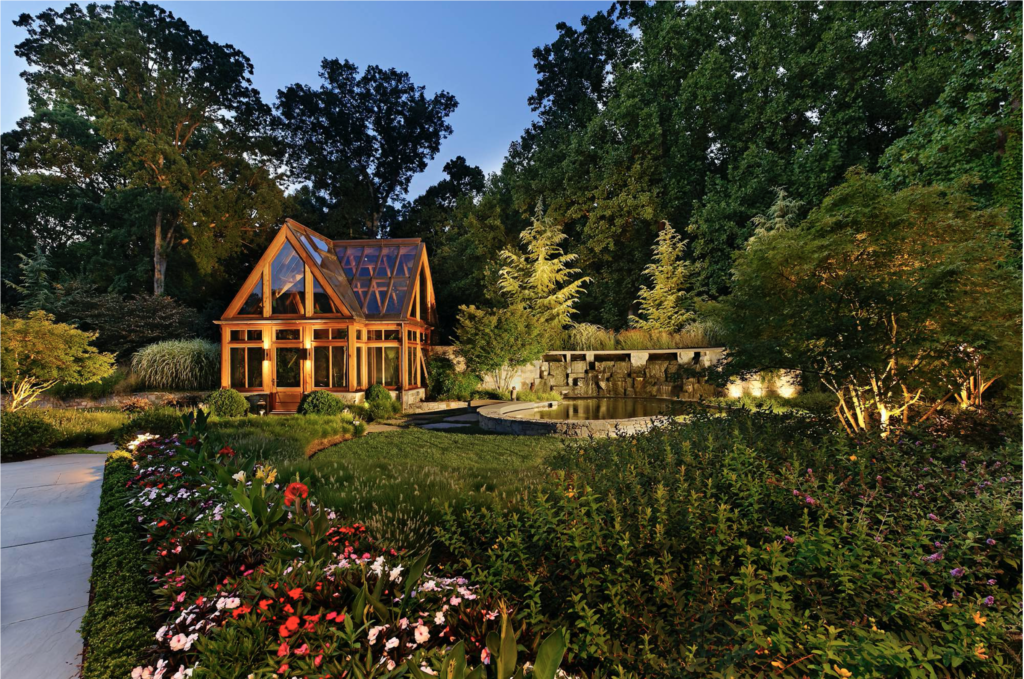When you envision yourself standing in your custom conservatory – what do you see?
Designing and building a custom conservatory is exciting for many of our clients; watching their ideas come to life on paper, then later come to life at their residence. Often this was a dream of theirs for many years or along their travels they have gotten to experience the magic of conservatories at public venues and want to bring those experiences home.
Among a variety of decisions when it comes to designing your custom conservatory, we recognize selecting a material that is best for your design aesthetic, location, and budget is important. The materials influence not just the physical space, but the very essence of your vision and how you experience this space. When you answer this question, also consider the following:
How would you describe your style or the current style of your home?
Do you gravitate to minimalistic design trends or styles with more character and detail?
How do you intend to use the space? Are there views and experiences you want to capture in the conservatory?
Steel Conservatories: Old-World Inspiration for Modern Design
Steel, cast iron, and glass were first used extensively as building materials for conservatories during the latter half of the 19th Century. A new age of architectural possibilities was born with the conservatory as one of its most exuberant expressions of steel and glass. Today, we see the use of steel and glass in a lot of conservatories for modern design styles, but it can also be a great solution for traditional styles when designed with intention.
In our Design Process, we explore what is most important to the family about their conservatory. Often, the following benefits or characteristics are what lead us to explore steel as the primary building material:
Location Driven
In some cases, such as building codes or oceanfront properties, steel may be required to ensure the preservation of the structure and safety for those living within the conservatory.
Design Driven
For modern designs, steel is a great addition as it allows for clean lines and you can maximize the amount of glass shown with minimal structure due to its strength and durability. Take a look at the Modern Steel Orangery below as an example. The integration of a delicate steel skylight above maximizes the amount of light pouring in from above while luxury steel windows and doors allow you to immerse yourself in the surrounding landscape during all seasons.
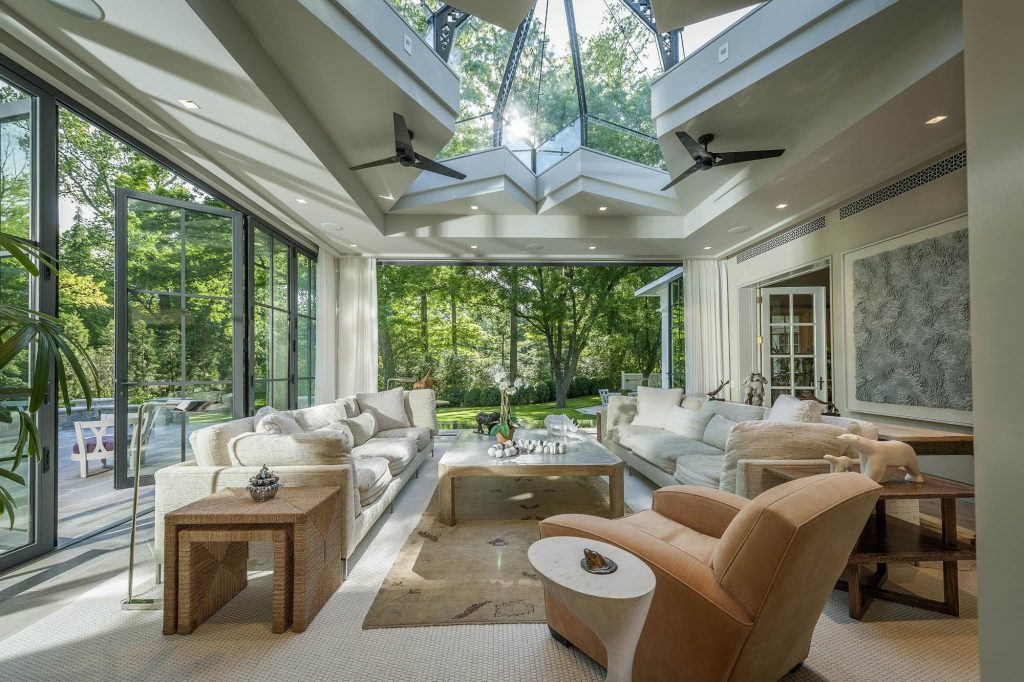
For more traditional or Victorian conservatories, steel may be a great way to add a high level of customization and personalization to a conservatory. Traditional Steel Conservatories often incorporate intricate cutouts or column details specific to the period or style you are looking to create. These elements can be used in both all steel conservatories or added as accent features to an all-wood framed conservatory! When paired with the finishing touches of stone or brick, it can create a truly stunning art piece.
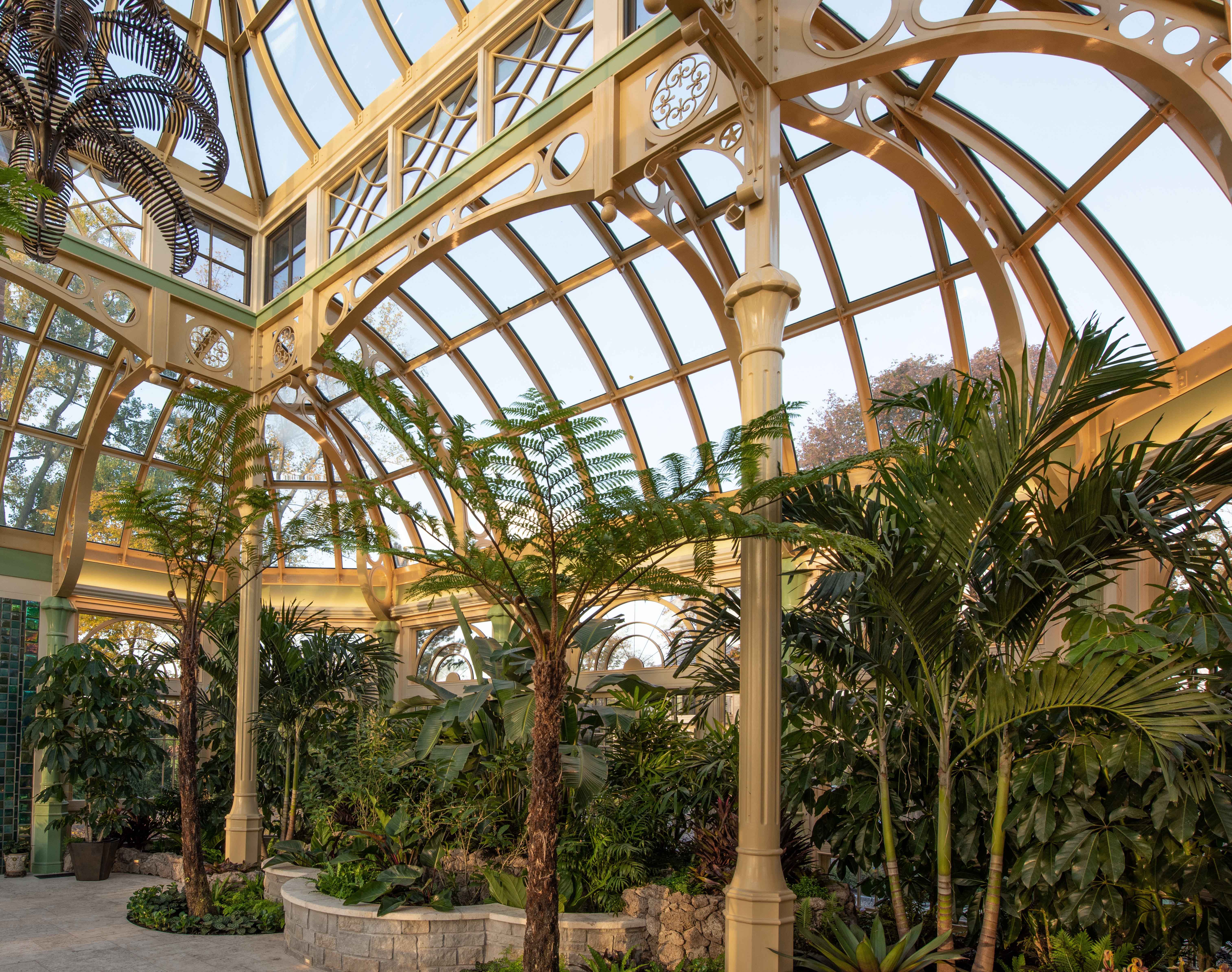
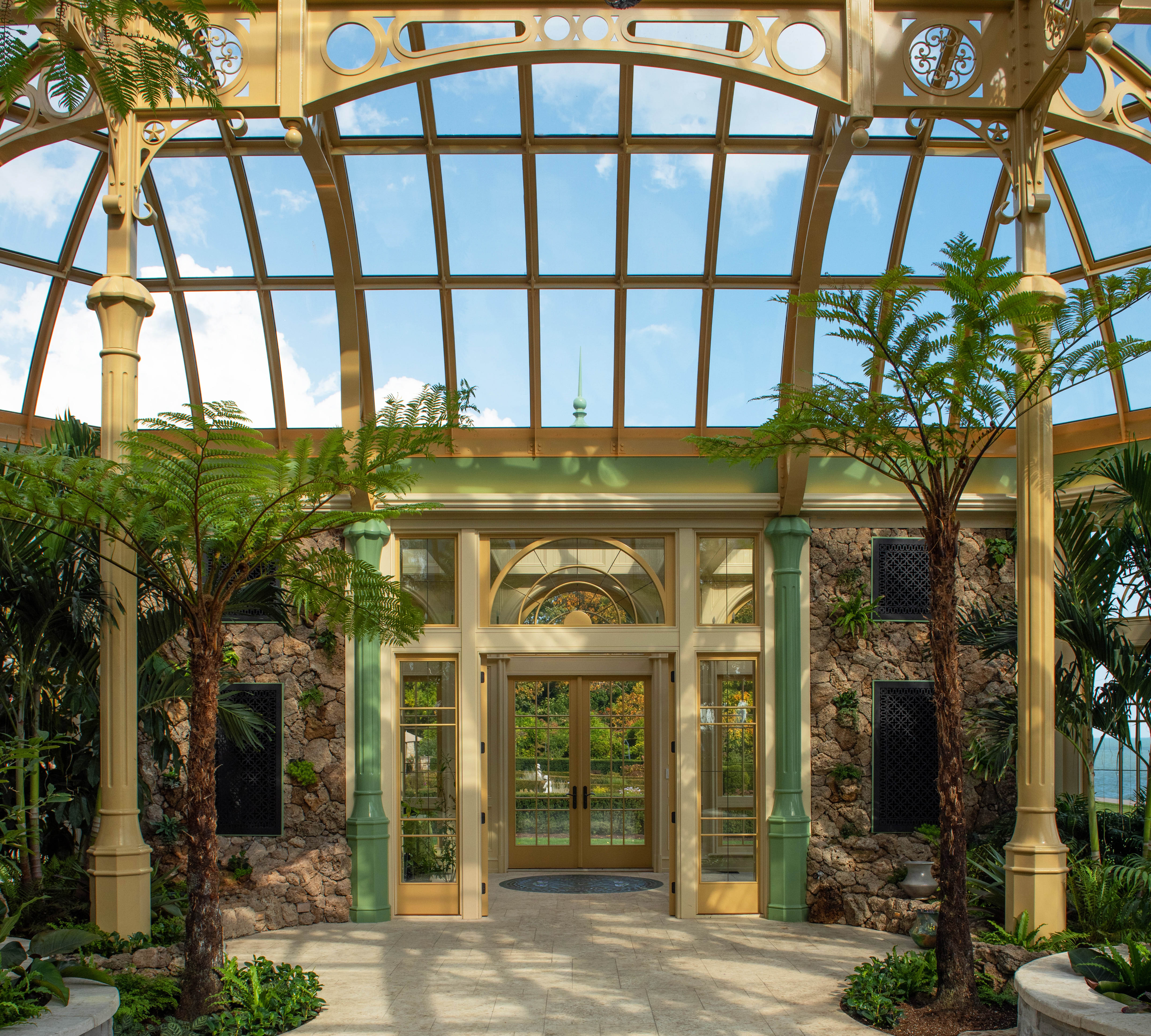
Investment & Maintenance Driven
A beautiful and timeless addition to any conservatory, steel is a premium building material and as such can be a higher investment than wood due to its durability, strength, high customization, and low maintenance qualities. Consult with a member of our team to understand what a potential investment may be if you are considering a steel conservatory.
Wood Conservatories: Embracing Timeless Elegance
Wood Conservatories are usually associated with traditional design styles due to its elegant and rich look but just like with steel, when designed with intention we can leverage the other benefits of wood to create a more contemporary look. At Tanglewood, our preferred wood species to build with is Sapele; an African wood species and member of the Mahogany family. Durable, rot and insect resistant, and its beautiful color and wood grains allow for a lot of design flexibility when building conservatories. When we explore wood as the primary building material, often characteristics such as the following are most important to our clients:
Design Driven
One of the draws of conservatories is that every detail of the structure is exposed; meaning every aspect of them must be carefully thought out to capture your vision. Whether the wood is painted or stained, you can create a lot of charming embellishments and details within its structure. When we look at more traditional conservatories, we may often see decorative grill work, large columns that blend into the façade, or the integration of copper work or even leaded glass. Consider the examples below. Many are carefully designed to compliment the existing home or show off the rich grain detailing with a stained finish interior. You can even incorporate elements of steel as a way to showcase certain elements of the conservatory as shown in the image below.
Modern wood conservatories, however, look to more clean lines and fewer embellishments in their design and can be painted white or a dark color to mimic the look of steel. Steel windows and doors may also be integrated while the main structure is wood to match adjoining interiors as shown in the example below.
Investment & Maintenance Driven
As mentioned previously, all wood conservatories tend to be more cost-effective than all steel conservatories as the cost of materials and the labor involved between these two materials varies. Maintenance on an all-wood conservatory can vary based on where you are located. As a rule of thumb, we recommend doing a quick inspection every year to proactively catch any issues that arise prematurely and may only need to conduct maintenance on the room every 3-5 years or longer depending on how it ages. Consult with a member of our team to understand what a potential investment may be if you are considering a wood conservatory.
Whether drawn to the robust symphony of steel or the timelessness of sapele mahogany or both, connect with us to explore more in-depth these distinctive materials and discover the one suited to your vision. For more information about getting started with your conservatory, explore our Planning & Design Process or contact our team at 410 479 4700.

